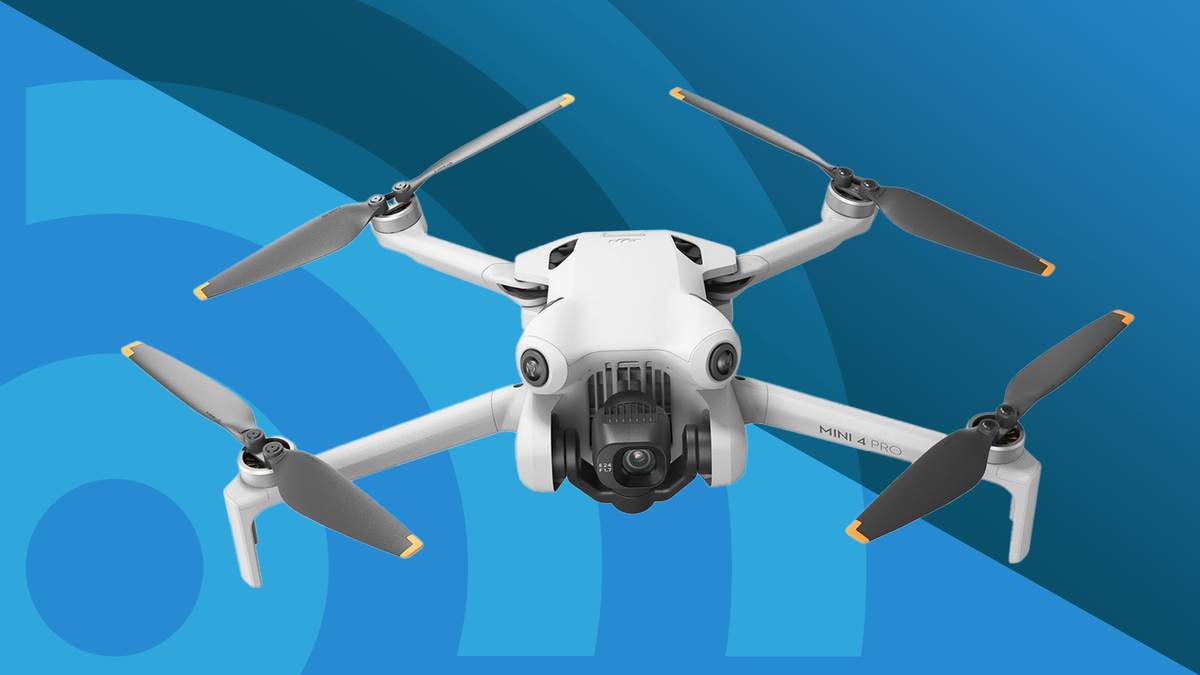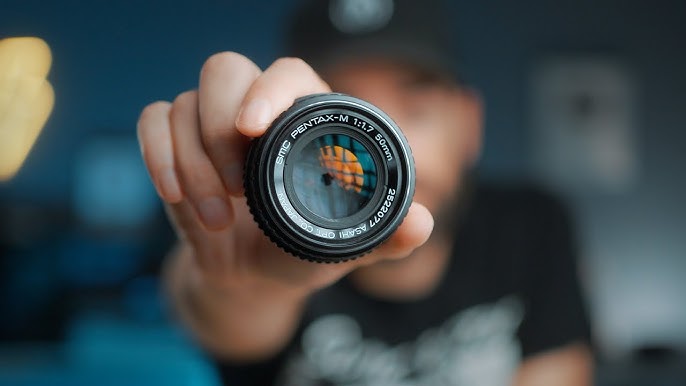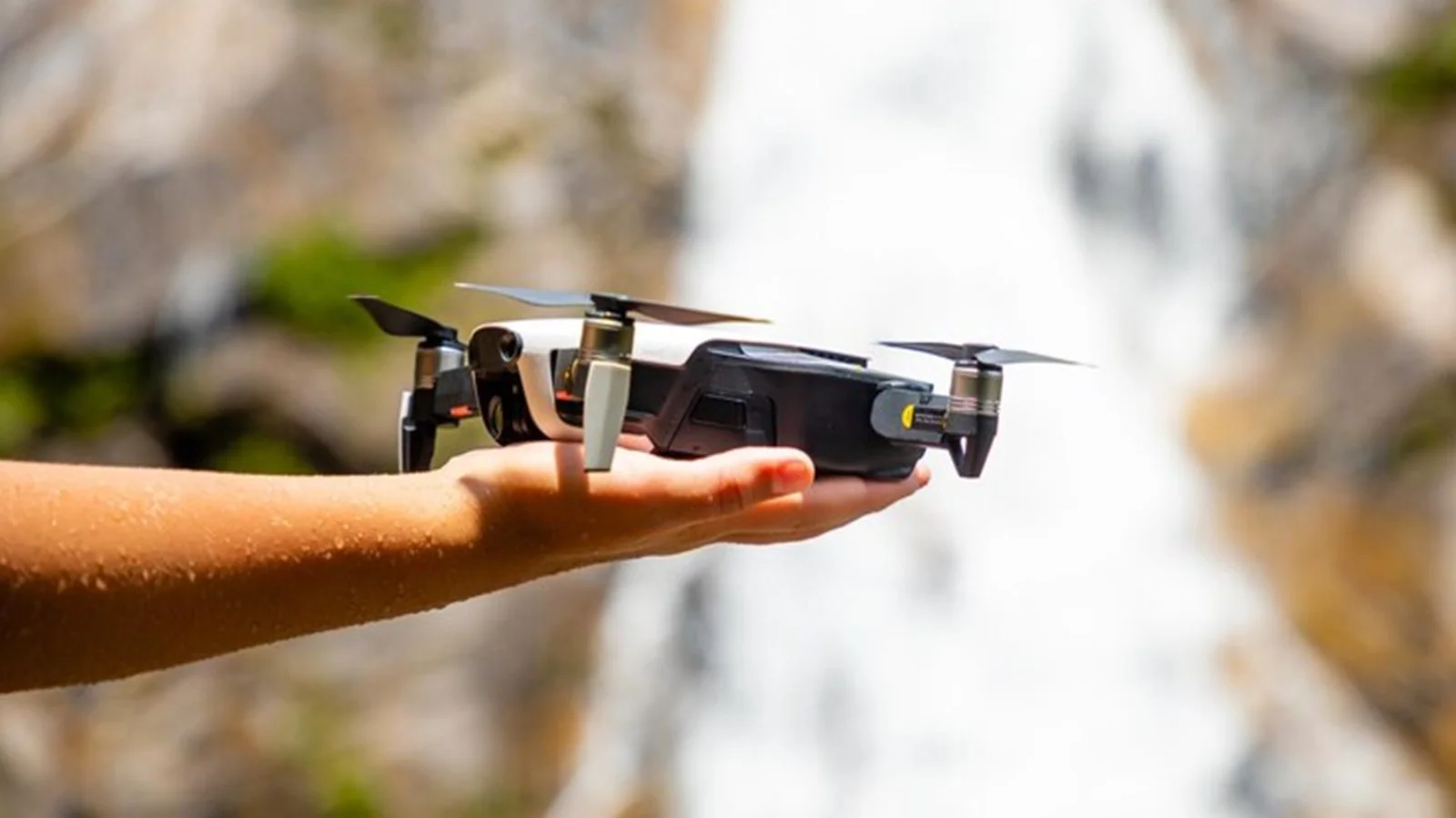When it comes to drone photography and videography, selecting the right lens is essential for capturing stunning aerial shots.
However, not all lenses are compatible with all drones. In this comprehensive guide, we will delve into the factors that determine lens compatibility with drones, helping you make informed decisions for your aerial imaging needs.
1. Drone Model and Mount Type
Different drone models have specific mounts and attachment mechanisms designed to accommodate particular lenses.
The first step in determining lens compatibility is to check if your drone model supports interchangeable lenses.
For example, the DJI Inspire 2 and Zenmuse X7 camera system allow for lens changes, while the DJI Mavic Mini has a fixed lens.
2. Lens Mount Type:
Lenses come with various mount types, such as the Micro Four Thirds mount, Sony E-mount, or proprietary mounts designed for specific drone models.
Ensure that the lens you choose has a compatible mount that matches your drone’s mount.
3. Weight and Balance:
Drones have weight limitations, and adding a heavy lens can affect the balance and stability of your drone.
Check your drone’s maximum payload capacity to ensure it can handle the weight of the lens you plan to use.
4. Image Sensor Size:
The drone’s image sensor size plays a crucial role in lens compatibility. Lenses designed for full-frame cameras may not work well with drones equipped with smaller sensors. Be sure to match the lens to your drone’s sensor size for optimal performance.
5. Gimbal Compatibility:
Drones often use gimbals to stabilize the camera during flight. Make sure the lens you choose does not obstruct the drone’s gimbal movement and is compatible with the gimbal’s weight capacity.
6. Auto-Focus and Manual Focus:
Some drone cameras support auto-focus, while others rely on manual focus. Ensure that the lens you select is compatible with your drone’s focusing capabilities.
7. Wiring and Communication:
Interchangeable lenses may require electronic communication with the drone’s camera system. Verify that the lens can communicate with your drone’s camera to access features like aperture control and image stabilization.
8. Lens Profile and Calibration:
Some drones and camera systems require specific lens profiles or calibration for optimal image quality. Check if the lens you intend to use has a corresponding lens profile available for your drone model.
9. Lens Accessories:
Certain lenses may come with accessories like lens hoods or filters. Ensure that these accessories do not interfere with the drone’s operation or balance.
10. User Community Feedback:
Research online forums and communities where drone enthusiasts discuss lens compatibility. Real-world user experiences can provide valuable insights into which lenses work best with specific drones.
Conclusion
Lens compatibility with drones is a critical consideration to ensure that you achieve the best results in your aerial photography or videography endeavors.
By carefully assessing factors such as drone model, mount type, weight, sensor size, gimbal compatibility, and communication capabilities, you can select a lens that perfectly suits your drone and creative vision.
Remember that compatibility is key to unlocking the full potential of your drone’s imaging capabilities.









Leave a Reply